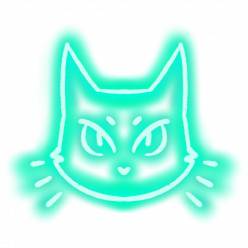Overview:
Iago is a character from Shakespeare’s ‘Othello’ who is very well known for being an envious and vengeful character. He is the one who orchestrates the main character, Othello’s, downfall, and it has been heavily implied within the text itself he did so because of his envy for Othello’s power and influence.
Quotes:
- “I know my price, I am worth no worse a place.” : Act 1 Scene 1 – pride is very obvious from the beginning; sense of self-importance is high
- “I am not what I am.” : Act 1 Scene 1 – Idea of deception is presented; Iago is putting up a front for Othello, but is in reality seeking his own goals; parody of Moses’ ‘I am what I am’ – Iago has a corrupting influence
- “We cannot all be masters, nor all masters/ Cannot be followed.” : Act 1 Scene 1 – Iago sees himself as more worthy of power than anybody else; LINK TO SLIGHT GOD-LIKE POWER (manages to kill many people); Othello might be powerful, yet his followers (ie Iago) do not actually respect him because of it.
- “a wife for a wife” : Iago thinks Othello slept with Emilia (his wife); relates to idea of ‘an eye for an eye’
How Will This Help Me?
Iago’s position as Othello’s right-hand man directly relates to Beelzebub’s position as Satan’s in Paradise Lost. They are both hungry for power and revenge, only with one fundamental difference: whilst Iago craves to take away his own leader’s influence, Beelzebub wants to help his to defeat and rule over a common enemy.
I think that Iago’s deceitful nature links well with my exploration of Envy as a masked sin. During the play’s events, Iago is seen putting on a mask of loyalty to Othello countless of times, whilst sharing his plans for his downfall with the audience. This portrayal of Iago’s envy as a sly and mischievous fuel to his revenge further merges well with my exploration of foxes as an animalistic representation of Envy, as foxes are often seen as scheming characters in folklore.
(Source: Trewin, A., Shakespeare, W. and Euan Cook (2018). Othello. Oxford, United Kingdom: Oxford University Press.)

